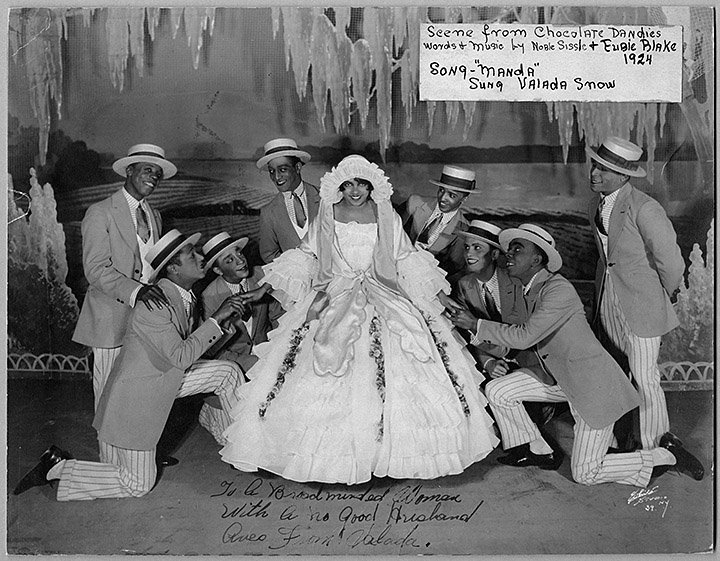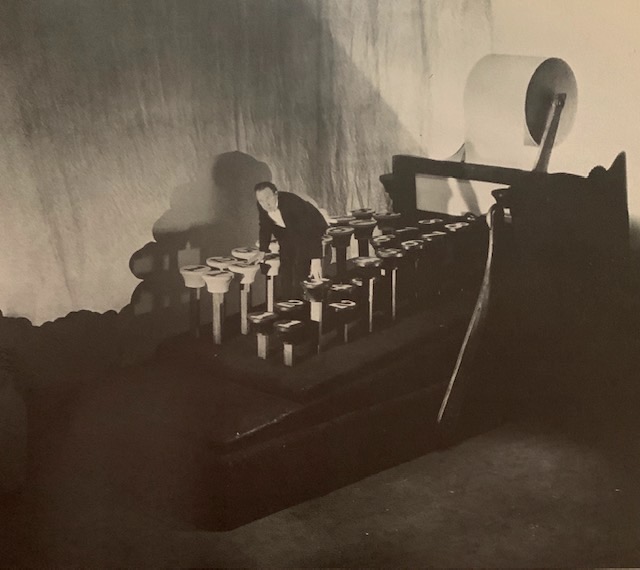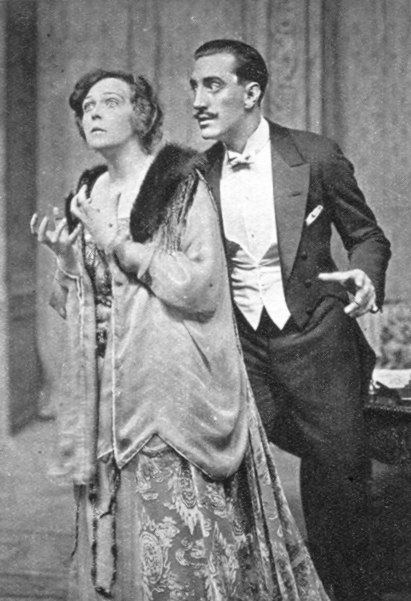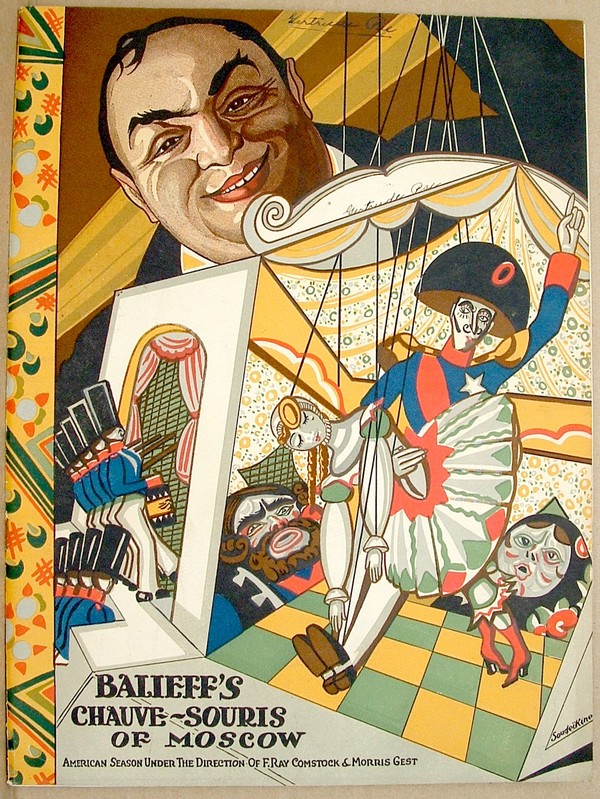
Adele and Fred Astaire
By Samuel L. Leiter
I’m happy to announce the beginning of Leiter Looks Back, my new series on Theater Pizzazz, a retrospective of popular, significant, or simply interesting New York stage productions, beginning with the 1920s and—depending on how long the pandemic keeps us from returning to the live theater—taking us to 1950. The entries will be based on those previously published in one of the volumes of my Encyclopedia of the New York Stage series. Each thick volume of that series covers every single production—musicals, revues, plays, revivals, and so on—for the 1920s, 1930s, and 1940s. It’s the most comprehensive source anywhere for information on theatrical production during its inclusive years. Those volumes are not to be confused, however, with the series I’m currently running on my blog, Theatre’s Leiter Side, and posted as well on several Facebook pages, covering all shows from 1970-1975, based on the entries in my unpublished encyclopedia manuscript for that half-decade.
The Roaring Twenties was the most prolific theatrical period in New York’s history. It would be impractical to even consider including each show during that remarkable decade here. The problem thus arises as just what to offer. From June 1, 1920—the start of the 1920-1921 season—for example, to May 31, 1930, the end of the 1929-1930 season, there were just under 300 new musicals produced. Most were commercial flops, of course, but some were extremely successful and historically important. Think 1927’s Show Boat, for example.
So even were I to report only on the musicals of the period, and did so at the rate of one a day (if I could find the time and Theater Pizzazz had the space), it would take the better part of a year. Then there’s the possibility of creating categories of plays to look at, even selectively. The Encyclopedia of the New York Stage actually classifies every new show, in its heading material, by subject matter, with the results summarized in appendices that tell you just which shows were about business, crime, homosexuality, politics, medicine, which took place (if only partly) at sea, in China, or in hotels, and so on. Providing entries by category could open interesting avenues, even if limited to the “top ten” in any category: a decade’s top ten crime shows, its top 10 classical revivals, its top ten plays about sports, theatre, films, etc. And, of course, the question arises: should the material be provided chronologically, or at random, as the spirit moves me?
I’m not really sure about any of this at the moment. Just looking at the possible entries for a single year is mind-boggling, since everything looks fascinating from a theater buff’s perspective. Seeing the names of famous actors, many of them legendary in their time, others to become so through their stage, film, or even TV work, has a built in magic of its own. Similarly, the kinds of plays that people were interested in, the memorable comments left by the critics (a major part of my enterprise), the technical or other breakthroughs represented, etc., are all potentially valid reasons for inclusion.
Since I intend to provide only entries for which I can easily dig up at least one appropriate photo, that restriction will be helpful in eliminating many possible choices. Whatever the result of my selections, though, I hope that readers hungry for theatrical nourishment during these lean times on, off, and off-off Broadway, will find Leiter Looks Back a pleasant, even educational way to “forget your troubles, come on get happy,” lyrics first heard when Ruth Etting sang them in 1930’s otherwise forgettable Nine-Fifteen Revue.
For starters, let’s go with a more or less chronological sequence, beginning with 1920-1921, and see where we go from there, considering this series a work in progress. And to begin on “the sunny side of the street,” to quote a song of that name from another 1930 show, International Revue, where Gertrude Lawrence introduced it, let’s kick things off in a day or two with Sally, the most popular musical of 1920-1921.
And by the way, shoutouts and ‘likes’ are welcome!





















